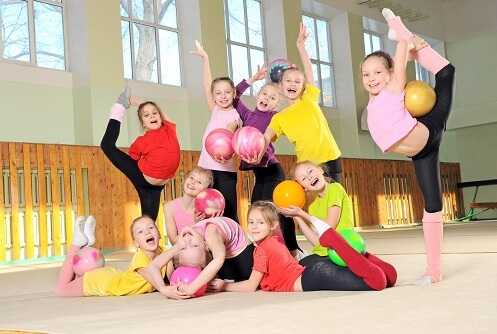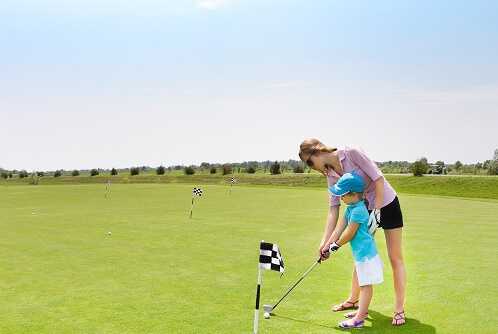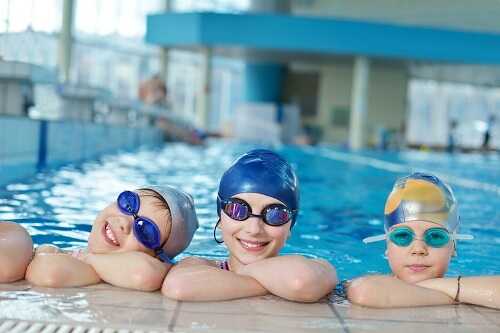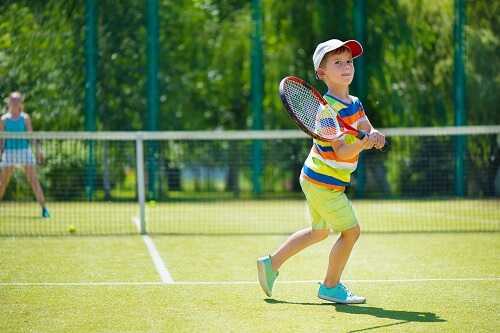Football. Baseball. Soccer. Basketball. Whether it’s fall, summer, or spring, it seems every community keeps a league open for children in the same four sports. These popular team sports are cookie cutter across the country, but not every child fits nicely into the mold.
There are children just not as aggressive, or competitive as their peers. Careful children calculate risk and shy away from anything unknown faster than an insurance adjuster. Autonomous children have an independent streak more than a mile long, and team sports aren’t their thing.
As a parent, it can be tough to pry a child away from video games and interest him or her in a sport. If there was resistance the last time you tried to sign your child up for a youth sport league, consider offering one of these alternatives:
1. Endurance Running
Remember when we were kids and our favorite thing to do was run? Children today have lost many opportunities to run free, thanks to physical education and recess disappearing from school curriculums.
On the scale of expense, this sport is by far the least expensive. Starting out, your child only needs loose clothing and a pair of sneakers. Eventually, higher-end running shoes or a heart rate monitor may be needed to prevent injuries.
Endurance running is also something a child and parent can do together. Brush up on your running know-how, such as proper stretching before and after and warming up.
Set small goals at first, both in speed and distance. Maybe work up as a family to running in a local 5K or 10K race! If running in your neighborhood isn’t safe, head up to a local school and run on the track.
2. Gymnastics
“Watch Mom, I can do tricks!” Gymnastics, for both girls and boys is growing in access across the country.
If your child participates in any competitions, the score can go to a team’s overall effort, but the activities are individual exercises. Flexibility, strength, and stamina are all foundations in a gymnastics education.
If you have the child constantly doing cartwheels in the front yard, or flips on the trampoline, congratulations! You have a gymnast.
Parents can find reasonable rates for lessons at local gyms and the YMCA, provided they don’t jump into elite programs with delusions of Olympic gold medals over their mantle. Also, your investments may pay off – colleges and universities offer scholarships for gymnastics.
3. Golf
Who says junior can’t join you on Saturday mornings down on the greens? Youth golfers get all the breaks; cheaper golf clubs ($60-$100 a set, bag included), cheaper lesson rates (50-75% off the adult price), and cheap green fees (free to half price).
For anyone who hasn’t played a round, golf is a challenge to mentally control your physical skills, not just hit the ball as hard as you can. Contrary to popular belief, it doesn’t take an abundance of strength to drive a ball. That’s what the club is for.
Golf is a smart sport alternative for kids with varying schedules, like children with divorced parents and a visitation schedule that would make them miss a league sport’s games. Golf can be played anytime, anywhere. Tournaments are held on weekends, but not every weekend.
Depending on where you live, golf can also be a year-round sport. If green fees are too expensive for your family’s budget, look into a family pass at a public golf course.
Or, you and your child can always hit the driving range for a few dollars per bucket of golf balls. One national organization committed to affordable golf lessons for children is First Tee (firsttee.gov).
4. Swimming
Most kids jump at the chance to go swimming! Your child doesn’t have to join a league or participate in competitive swimming.
Make a notebook to track times and your child can compete against her strongest competitor of all: herself. Pool passes are fairly inexpensive, you don’t need to install a lap pool in your backyard.v
If your child hasn’t had swimming lessons, now is a great time to arrange for them. Knowing how to swim doesn’t mean your child is immune to water related accidents, but it makes drowning much less likely.
Unless you sign up with a coach or a local YMCA program, you will need to supervise your child. Even teens should always have a life guard and a buddy for practice. Swimming offers great flexibility with opportunities to train with a team, or keep the sport about individual progress and goals.
5. Tennis
There is a strong chance your city offers a free park with tennis courts. If there isn’t a park nearby, many schools also have tennis courts. A strong aerobic sport, tennis is a full-body workout!
For younger children, the short games fit well with their stamina levels and attention span. Plus, unlike the major four league team sports, you child is the star of every play.
Tennis is a sport like golf, where not only is physical fitness taught, but also social grace and etiquette. Williams’ sisters aside, tennis programs teach children how to be a fair sport, accept wins and losses with a smile, and body control.
Plus, hitting a tennis ball just right makes a cool sound! Inexpensive rackets can be found at sporting goods and mega-marts. With relatively low equipment costs, tennis is an affordable option for a youth sport.
The frequency of obesity in children is growing at an alarming rate. As parents, it is up to us to not only teach our children to eat correctly, but develop a life long passion for physical exercise. Don’t be surprised if your child wants to try out a few different sports, after all, variety is the spice of life.
If the most popular youth sports of baseball, basketball, football, or soccer don’t appeal to your child, try offering a more individual sport. Even if he or she isn’t on a team, your child will make social contact with other players and reap many of the same benefits of league sports.






